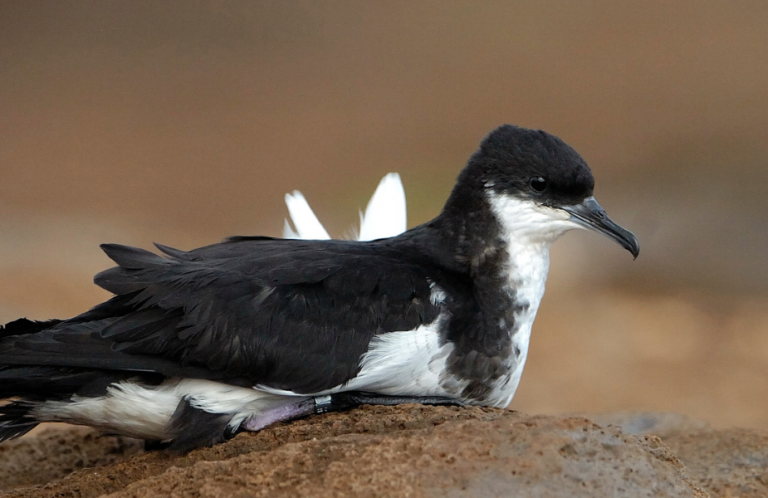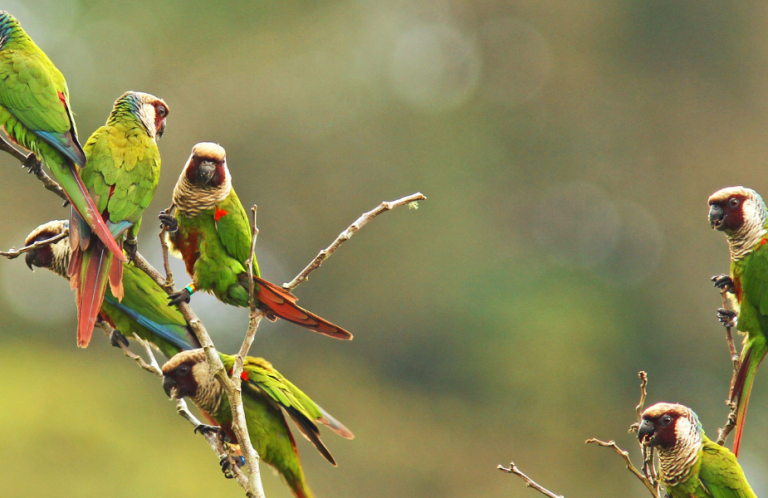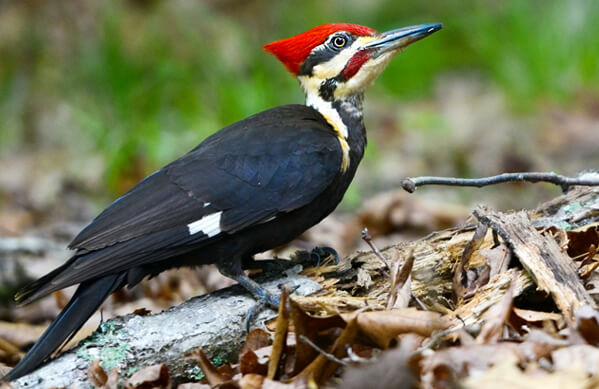Dining on Insecticides in Congress
Many Americans seek out fresh and healthy foods both to protect their families and to lend their support for a more sustainable world. But it is hard to know what you are biting into—even if you happen to be a United States Senator.
It turns out that when members of Congress dine in the Senate and House cafeterias, 90 percent of the fruits and vegetables on their trays are likely to contain insecticides known as neonicotinoids. While the concentrations are below what the EPA considers dangerous to humans, there is nonetheless reason for concern.
Evidence for the ubiquity of these insecticides comes from a new study by American Bird Conservancy and the Harvard T.H. Chan School of Public Health. We tested food from two cafeterias in the U.S. Congress. Sixty out of 66 food samples contained neonicotinoids. Cherry tomatoes, yellow squash, and honeydew melons stood out as the foods with the highest levels of neonicotinoid insecticide residues. Samples of green bell peppers and fresh squeezed orange juice contained as many as five distinct types of neonicotinoid.
Toxic to Wildlife
The health consequences of consuming these pesticide-laden foods remain poorly understood, but we do know that neonicotinoids are killing some of the organisms that sustain American agriculture. Birds, bees, bats, and beetles do the unsung but indispensable work of controlling our pests and pollinating our crops—jobs they have done since time immemorial. But as our earlier study on neonicotinoids showed, these insecticides are highly toxic to these and other wildlife. A single seed treated with a neonicotinoid is enough to kill a songbird, or to poison 80,000 bees.

Grasshopper Sparrow, Steve Byland, Shuttershock
The older insecticides that the neonicotinoids were meant to replace—including organophosphates such as diazinon and chlorpyrifos, and carbamates such as carbofuran and methomyl—were highly damaging to people and wildlife. Workers collapsed and birds dropped out of the sky. In their rush to register alternatives, regulators have approved more and more neonicotinoid products for an ever-growing number of uses, without regard to the red flags raised by their own scientists concerning this toxic and persistent new class of pesticides.
Neonicotinoids: A Dangerous Irony
Now the most widely sold insecticides in the world, neonicotinoids are used on hundreds of millions of acres of cropland, even though studies indicate there is often little benefit to farmers. They have transformed and taken over American pest control: for some crops, such as corn, it is nearly impossible for farmers to purchase seeds not coated with neonicotinoids. It is a story of marketing success overruling common sense, to the detriment of our ecosystems.

Monarch Butterfly, Shuttershock
There is a dangerous irony to this approach. A growing body of research suggests that lands that are biologically depleted from widespread use of neonicotinoids actually become more vulnerable to pests. This requires farmers to apply large amounts of acutely toxic pesticides later in the growing cycle. So it is not as if we have replaced the “bad old pesticides” with the neonicotinoids—we are using both. By harming pollinators such as bees and butterflies, and natural pest-control agents like birds and beneficial insects, the insecticides are sabotaging the very organisms on which farmers depend.
Call for Insecticide Restrictions
The findings from our study complement other data on the prevalence of harmful chemicals in our food. Most relevant is the U.S. Department of Agriculture's Pesticide Data Program, which forms the basis for the Environmental Working Group's Dirty Dozen list of foods that contain the highest numbers and concentrations of pesticide residues. Their 2015 lineup of pesticide-laden produce includes apples, peaches, nectarines, strawberries, grapes, celery, spinach, sweet bell peppers, cucumbers, cherry tomatoes, imported snap peas, and potatoes—plus leafy greens and hot peppers, which contain insecticides toxic to the human nervous system.

Upland Sandpiper, Mike Parr
EWG found that a stunning 99 percent of apple samples, 98 percent of peaches, and 97 percent of nectarines tested positive for at least one pesticide residue, and that individual samples of grape and sweet bell pepper contained 15 distinct pesticides.
Armed with these and other studies, millions of Americans are already trying to limit their exposure to pesticides: Last year, spending on organic food exceeded $30 billion. Now that Congress is back from recess, I hope our senators, too, will learn from the wealth of data about the tainted feast on which they dine—and call on EPA to restrict the use of these harmful pesticides.
 Cynthia Palmer is Director of Pesticides Science and Regulation at American Bird Conservancy. Her work has dealt with chemical contamination, pest control, agriculture and food safety issues, worker health and safety, air and water pollution, climate and energy policy, and tobacco policy. Cynthia received her A.B., J.D., and M.P.H. from Harvard University, concentrating in environmental and occupational health sciences and law.
Cynthia Palmer is Director of Pesticides Science and Regulation at American Bird Conservancy. Her work has dealt with chemical contamination, pest control, agriculture and food safety issues, worker health and safety, air and water pollution, climate and energy policy, and tobacco policy. Cynthia received her A.B., J.D., and M.P.H. from Harvard University, concentrating in environmental and occupational health sciences and law.


















































